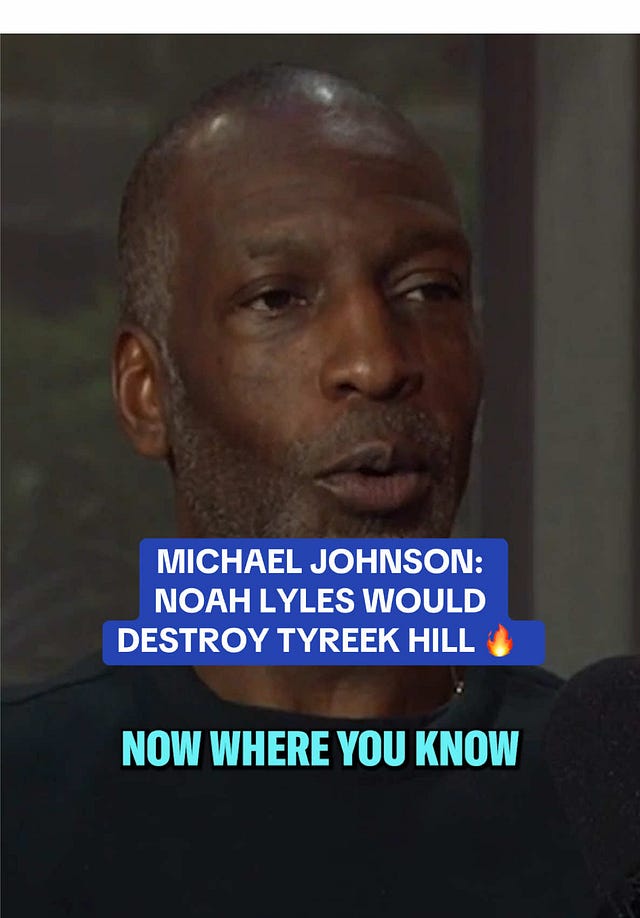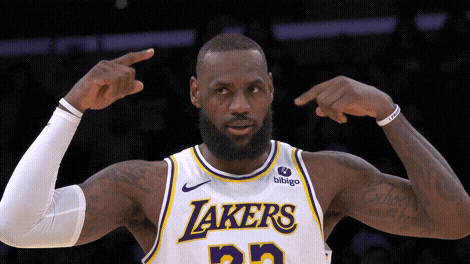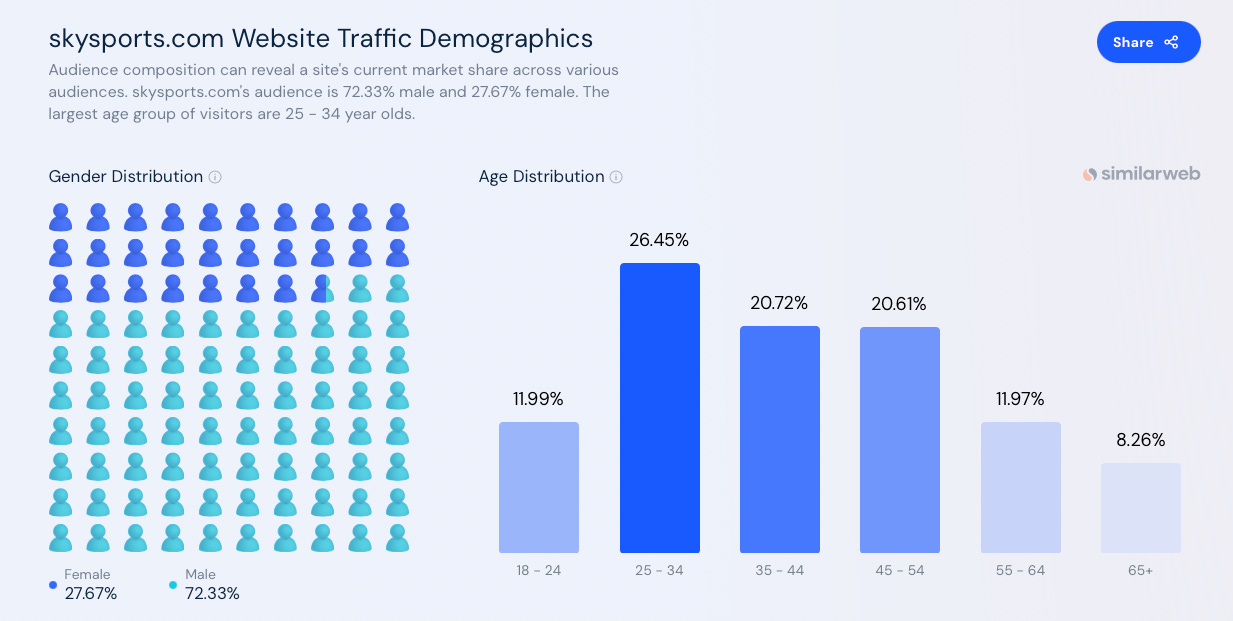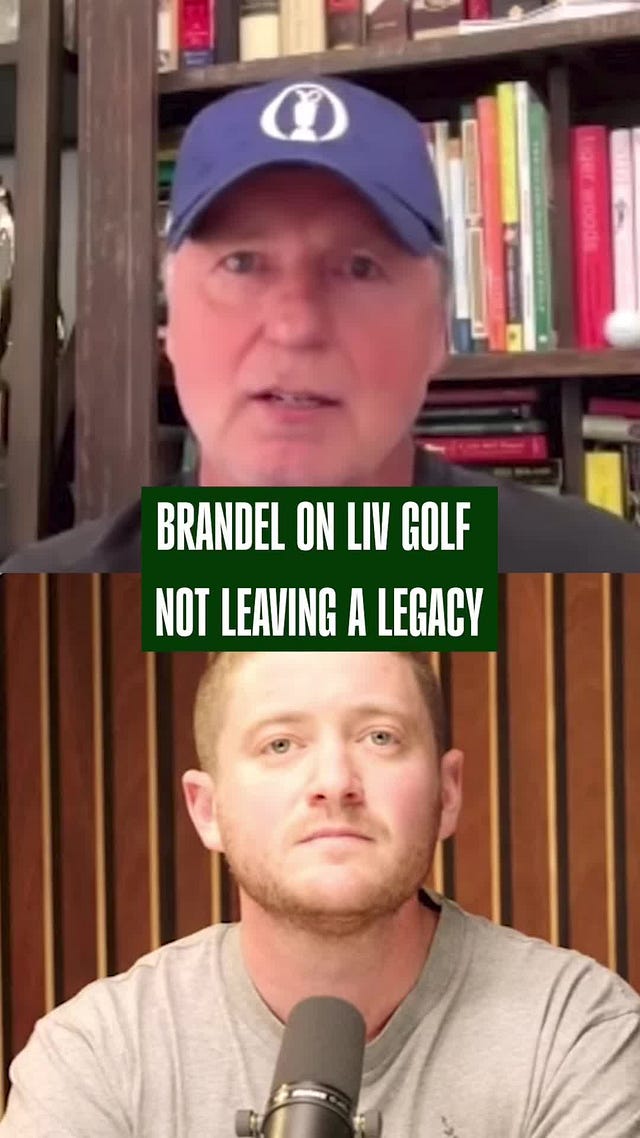Sky Sports and women; Europe is a basket case; Henley Riots; Data vs Story; The end of exotica; The £6m Question; Marketing load; UP SWOT
Overthinking the sports business, for money
Basket case
Another week in the sports business, another Sport By McKinsey powerpoint deck sees the light of day.
This time it’s basketball under the hammer.
No, not the global-ish breakaway basketball franchise league from a couple of weeks ago, the one with Maverick Carter and Lebron’s name attached.
This is a different one. Another basketball global-ish franchise league entirely, only this time with the NBA brand logo out front.
Sportico had the story on NBA owners voting on a new European League.
The franchises in places like London or Paris could sell for at least $500 million, according to the proposal.
The league would sell the permanent franchise slots to outside investors, with the NBA holding 50% of the equity and franchise owners holding the other 50%, said the person, who was granted anonymity because the details are private. That’s a setup identical to the equity structure of the WNBA up until the league raised outside capital in 2022.
The word cloud includes: Real Madrid, Raine, franchise valuations, ‘$3billion potential revenue from the European market’ (UP Caveat: the number’s always wrong).
A quick UP SWOT
S - Basketball does good numbers.
W - But those numbers are in the wrong place. When American p/e thinks Europe, it’s dreaming of Paris-London-Rome. But Euro basketball is more Serbia-Greece-Turkey.
O - European basketball has long been a basket case, pun intended. The British market is in the process of unpicking whatever it is 777 has left behind. NBA games are played in the middle of the night in Europe, so there’s media space for a live product in this time zone.
T - Fans. Has anyone asked them what they want? (Do they know what they want? Do any of us, really?). Serbian and Greek nationalism is a thing; local tribes are where the heat is. Global is cold.
Small picture
Replicating a US league in Europe hits against a wall of restraint of trade legislation that gets in the way of the fundamental building blocks of drafts and salary caps.
Big picture
There’s more than a whiff of NFL Europe about the idea, which is not a good whiff btw.
The end of exotica
The NBA brand is one of the most evocative and powerful in sport. But it’s an American brand, one consumed entirely via clips and cultural references rather than by watching actual games of basketball.
I was one of the oft-referenced 1980s Channel 4 generation of NFL viewers who grew up on Dan Marino, The Fridge and Nicky Horne - Google ‘em kids.
The magic was in the exoticism. This was a niche interest. When they smelt money, they started coming over to play NFL games at Wembley and the thrill dissipated. It was just another event. But less so. Not the real thing.
Sometimes, distance is where the value is.
Working theory on the proliferation of new sport and sport entertainment formats. Viewed in isolation, each can make a case. But collectively, it’s a car crash.
The stadium is story, the couch is data
This week’s podcast is a sneak preview of some new Sky Sports viewer research which poses some big questions as to who is watching women’s sport.
The headline is this bit:
80% of UK sports fans are passionate about both men's and women's sports, with this figure rising to 85% among under-35s.
The overlap of men's and women's fandom at an individual sport level is the following: Tennis: 77%, Golf: 58%, Football: 75%, Cricket: 59%
This surprised me, as I’ve been told many times that women’s sport was talking to a different crowd - younger, hipper, urban, wealthier, more female and more ethically diverse.
This is the crowd at a big Lionesses game and who go to the Emirates for Arsenal home games.
This new audience is real. We can see them.
But.
There aren’t enough of them.
Gemba’s Claire Kelly, who carried out the Sky Sports research, says that it will take ‘five to ten years for the new audience to be of a size that will justify the commercial investment’.
That’s quite a statement.
And it rubs up against the prevailing narrative, which is based on the stadium crowd story rather than media audience data, which Sky is saying looks a lot like the same audience for men’s sport.
This ‘silent majority’ is paying the subs and providing the eyeballs for the betting brands to remain interested enough to cough for the ads that help justify the rights fees.
According to their own previously released audience data, Sky Sports subscribers remain predominantly male with approximately 72.33% of the audience being men and 27.67% women. This is based on web traffic demographics for skysports.com so is a proxy for the subs number.
The female viewership, particularly among women under 35 rose by 32% in 2023.
The Emirates crowd story is intoxicating.
And like all good stories, it has the power to make cause and effect appear to align, what Nassim Taleb warns as ‘narrative fallacy’.
Such stories quickly become the basis of decisions throughout the value chain: Governing bodies, events, calendars, product, format, media production and channel.
Sports marketing commercial teams use it as the gateway to a different set of sponsors.
Unilever for example has gone big on women’s football.
Why? The stadia story or the couch data? Bit of both?
Likewise, on governance.
Armed with the Emirates stadium story I could be persuaded that WIFA would be a better home for women’s football globally than FIFA.
Given a binary choice of the same or different, we all love a bit of different. It’s the exciting decision, particularly in the sports business constituencies that lie beyond the avid fans, who tend to want their thing to be left alone.
Personally, the further from caring about a sport I get, the more I agitate for change. That’s not a good thing. Because the progressive voices can make actual fans look like luddites, standing in the way of ‘the inevitable' change necessary (change is always presented as necessary btw - ‘Excuses that make them all needs’ as the old rogue Larkin put it).
Our podcast guest this week was Jo Osborne, who as Head of Women’s Sport at Sky Sports is at the epicentre of this issue.
“The question I get asked all the time is why doesn’t Sky have a separate linear women’s sport channel? My answer is there is no data to back up that that's what the audience wants right now”.
The story (Emirates stadium) and the data (Sky’s viewers) are at odds. At least for ‘five to ten years’.
That’s longer than most CEOs remain in post.
Do women like Sky?
A subplot of the above conversation relates to the Sky Sports brand and its relationship with women.
Is the 70:30 male female split just how things are - men like sport more than women.
Are women put off by Sky’s history of male chauvinism in its presenter ranks - see Gray and Keys below?
Or is it a category question, as in sports television is not where women feel comfortable or want to spend time.
What does Sky Sports stand for?
My assumption is that the brand has shifted considerably since the Richard Keys Andy Gray years.
No need to revisit all that here. It’s enough to say that Sky Sports has changed and that much credit should go to Barney Francis, who was in charge of Sky Sports at this time. He made some hard decisions to ditch the onscreen ‘talent’ who were at that point part of the DNA of the brand and presumably popular with a proportion of the predominantly male audience who mainly pay the subs, then and now.
That relationship between on-screen talent and channel brand is underplayed imho.
Women sport pundits are among the most abused people on social and mainstream media. They have borne the brunt of the change since 2011, when Gray and Keys went off to Qatar to ply their trade for BeIN.
I'm reminded of a podcast we did with Jennifer McClearen, author of a really good book on women in the UFC, called Fighting Visibility.
She talked about the idea of marketing load, which means that women fighters do two jobs.
They are athletes and they are doing a lot of brand work.
They are only paid for the first bit.
Mixed-martial arts stars like Amanda Nunes, Zhang Weili, and Ronda Rousey have made female athletes top draws in the Ultimate Fighting Championship (UFC). But the issue of female inclusion is complex. On the one hand, the undeniable popularity of cards headlined by women add much-needed diversity to the sporting landscape. On the other, the UFC leverages an illusion of promoting difference—whether gender, racial, ethnic, or sexual—to grow its empire with an inexpensive and expendable pool of female fighters. McClearen illuminates how the UFC's half-hearted efforts at representation generate profit and cultural cachet while covering up the fact it exploits women of color, lesbians, gender non-conforming women, and others.
Thought provoking and timely, Fighting Visibility tells the story of how a sports entertainment phenomenon made difference a part of its brand—and the ways women paid the price for success.
Why do we care?
The profile of women’s sport has risen, and that’s great. But who’s benefiting? Beyond a tiny number of superstars, the majority of women athletes are sometimes used to create a front of diversity and inclusion for rights holders, by championing feminist memes while simultaneously battling exploitative contracts familiar to anyone in the gig economy.
Compared to men, women athletes are bearing more of the marketing load while earning less. Should they be rewarded for their broader role in promoting their sports. But how would this work?
Six Million Quid - Six Nations match or Premier League game?
Mike Darcey’s on to something in his latest Tellynomics briefing note.
He ran the numbers on the winning BBC/ITV bids for Six Nations rugby.
If the reports of the total rights fee are broadly true, it looks ITV is paying north of £45m, perhaps split £6m for each of the five England games and £3m each for the others. It is the £6m figure which is intriguing, especially when you compare it to the current price of a live PL match. In the last domestic PL deal announced in December 2023, Sky paid £1,275m pa and BT (TNT) paid £325m pa, for a total of c270 live matches between them. This is an average of £5.93m per match, now slightly less than ITV is paying for an England rugby match.
So, a mid table Premier League game equals England v Wales in the spring.
Then the kicker.
The Henley Riots
Sir Steve Redgrave was on Radio 4 this week talking shit.
River shit specifically; Sewage in the Thames.
He was lamenting that old traditions are being lost.
A generation of public schoolboys can no longer dip their cox in the river.
The more he spoke, the more I found myself warming to Thames Water.
“Its just entertainment, it’s not real sport”

 Tiktok failed to load.
Tiktok failed to load.Enable 3rd party cookies or use another browser










